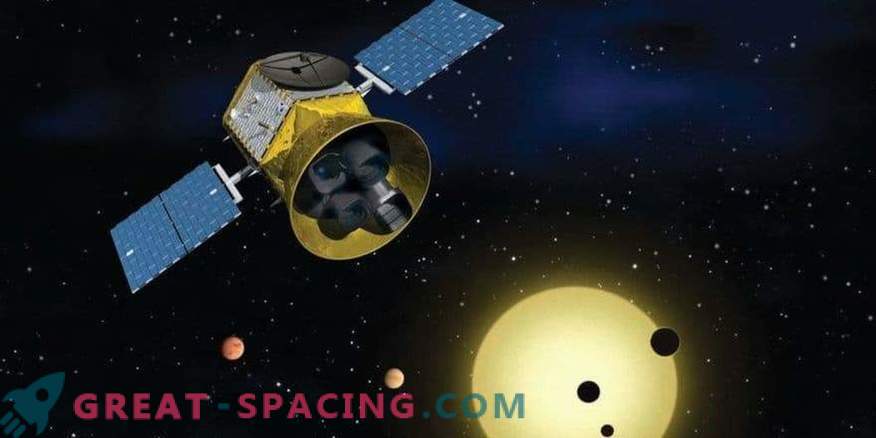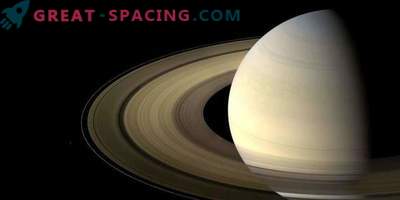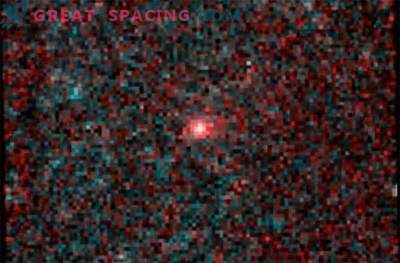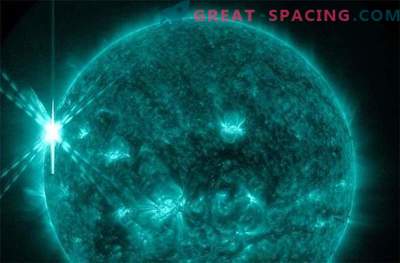
Before the start of his scientific work on July 25, 2018, the planetary hunter TESS was able to capture an amazing sequence of impressive shots reflecting the movement of a comet. The survey was conducted for 17 hours and helped demonstrate the satellite’s ability to collect a long-term set of stable periodic images covering a wide celestial region.
During the tests, TESS captured C / 2018 N1 - a comet found by NEOWISE on June 29th. It is 48 million kilometers away from Earth and moves to the constellation South Fish. The tail of a comet, consisting of gases, extends to the top of the frame and gradually turns when the comet slips through the field of view.
In addition, other astronomical treasures can be seen in the photographs. It seems that the stars are moving from black to white due to the processing. The shift also highlights variable stars that change brightness due to pulsation, rapid rotation or eclipse of the binary neighbor. Asteroids in our system resemble small white dots moving through the field of view. By the end of the video a slight wide arc of light is noticeable, moving in the middle of the frame from left to right. This is a diffused light from Mars. The pictures were taken when the Red Planet was located on the nearest opposition to the Earth. The images were taken in a short period of time at the end of the commissioning phase of the TESS mission before the start of scientific operations. The team continues to tune the future planetary hunter.











































